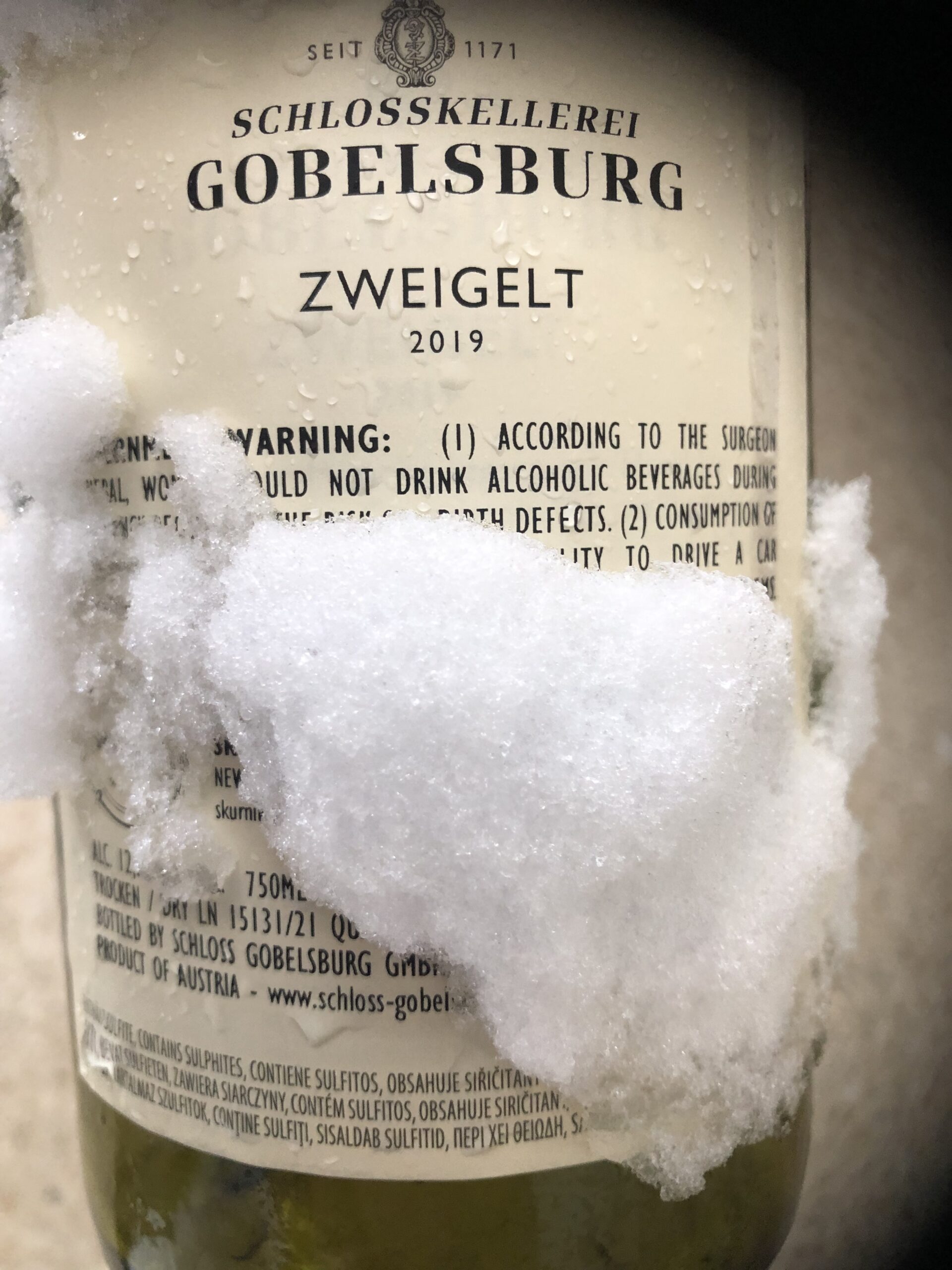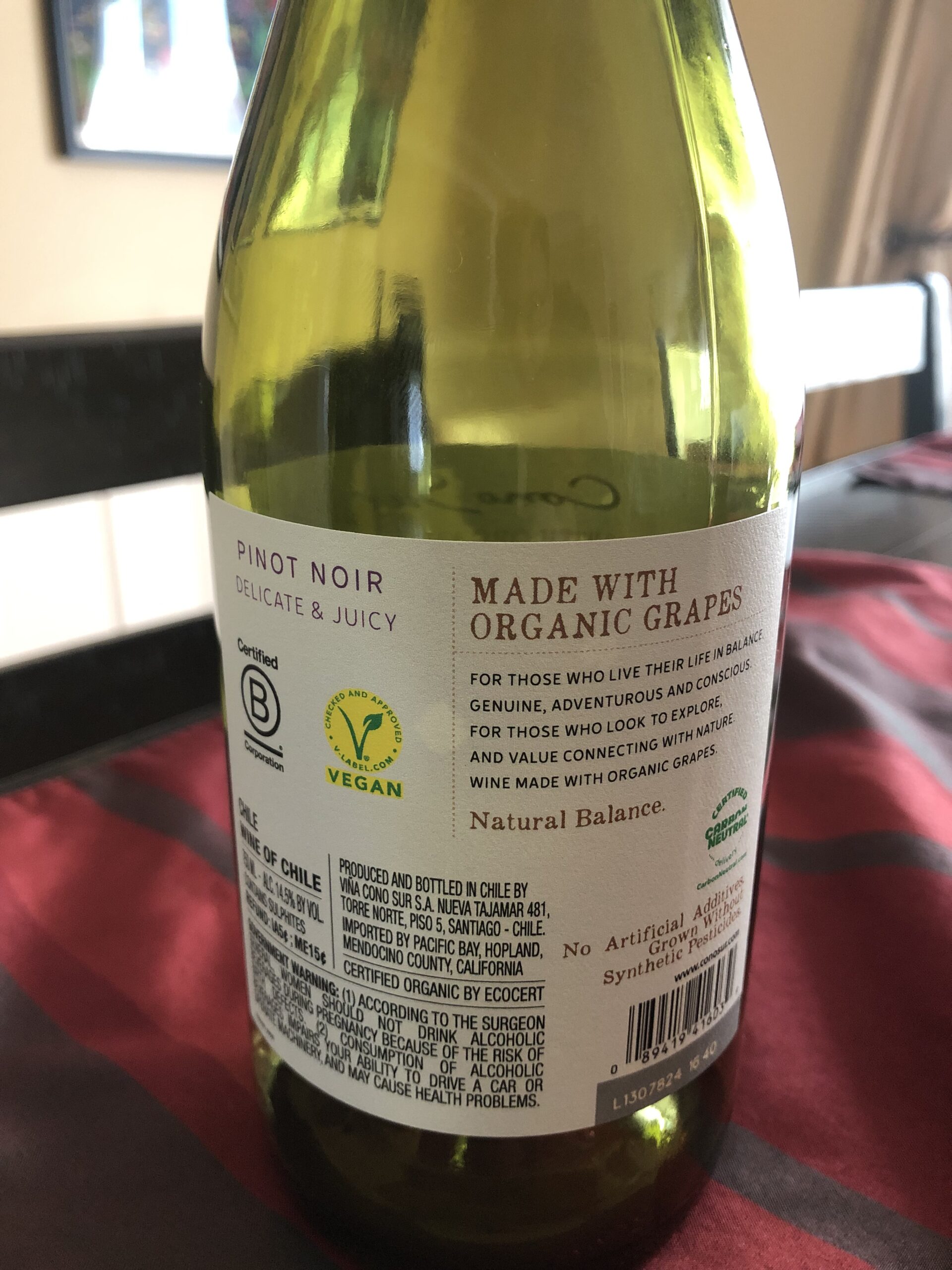The 2023 vintage of California Pinot Noir is considered to be one of the best vintages in a very long time. According to Wine Spectator, the composite score for all the Cali Pinot Noir is a whopping 96 points.
Personally, I don’t tend to gravitate toward Pinots from California because of their style and high price point, but there are some worth pursuing from this outstanding vintage. The criteria I use for a great value wine, specifically Pinot Noir, which is generally more expensive and difficult to grow and produce on a year-to-year basis, is under $40 USD and a minimum score of 90 points from multiple rating sources. Most highly rated PN from California will cost you between $60-$100, with some well above $120.
Why was this vintage so spectacular? If you are a wine guru or want to learn more the magical transformation of grape to wine, here is a deep dive into the factors that helped make this so.
The 2023 California Pinot Noir vintage may go down in history as one of the best because of the wet, cold winter that replenished and fortified soils, followed by a long, slow, cool growing season with mild temperatures. This allowed for gradual ripening and optimal development of flavor, acidity, and balance in the grapes. The extended “hang time” on the vines resulted in complex, vibrant wines with remarkable balance and structure.
The best regions can be found in the Russian River Valley, Sonoma Coast, Santa Barbara, Sta. Rita Hills, Napa Valley, and Anderson Valley.
Beneficial Winter Rains: Abundant rainfall during the winter months revitalized the soils, improving nutrient availability for the vines and promoting healthy canopy growth.
Extended, Mild Growing Season: Cooler spring and summer temperatures created an unusually long and temperate growing season.
Gradual Ripening: This slow, even ripening allowed the grapes to develop complex flavors and aromas while maintaining vibrant acidity.
Enhanced Acidity: The cool weather and extended maturity period resulted in higher acidity, which is crucial for the balance and aging potential of Pinot Noir.
Optimal Balance: Vintners achieved a rare balance of ripe fruit flavors, balanced sugar levels, and lively acidity, a hallmark of a great vintage.
Increased Yields: The healthy vine canopies and improved soil conditions led to above-average yields for Pinot Noir.
The result – vibrant flavors, remarkable balance, and excellent age-ability solidified its place as a benchmark year for California Pinot Noir.
Karen MacNeil, author of “The Wine Bible”, one of my favorite wine books, said this “Every century, every place has its legendary vintages. I have no doubt that 2023 will go down as one of the most phenomenal vintages ever in Napa Valley. Every vintner I’ve talked to about 2023 has been nothing short of ecstatic.”
Look for these best buy Pinot Noirs from this vintage. Many of them will be difficult to find in your local shops but should be available online.
Rivers-Marie Pinot Noir Sonoma Coast 2023, 94 pts, $40
Failla Pinot Noir Sonoma Coast 2023, 93 pts, $36
Alma De Cattleya Pinot Noir Sonoma County 2023, 92 pts, $35
Sean Minor Pinot Noir Sonoma Coast Signature Series 2023, 92 pts, $28
Morgan Pinot Noir Santa Lucia Highlands Twelve Clones 2023, 91 pts, $39
Truchard Pinot Noir Napa Valley Carneros 2023, 91 pts, $38
BONUS –
2023 was also good vintage for Oregon Pinot Noir, which experienced similar climate and weather conditions. Here is short list of some of those value wines:
Elk Cove Pinot Noir Willamette Valley 2023, 92 pts, $34
Ken Wright Pinot Noir Eola-Amity Hills 2023, 92 pts, $38
Solena Pinot Noir Willamette Valley Planet Oregon 2023, 90 pts, $24
Cheers, Michael Nagy
The Michael Pour
(Cover photo courtesy of Wine Spectator & James Molesworth, this story is not used for monetization)











